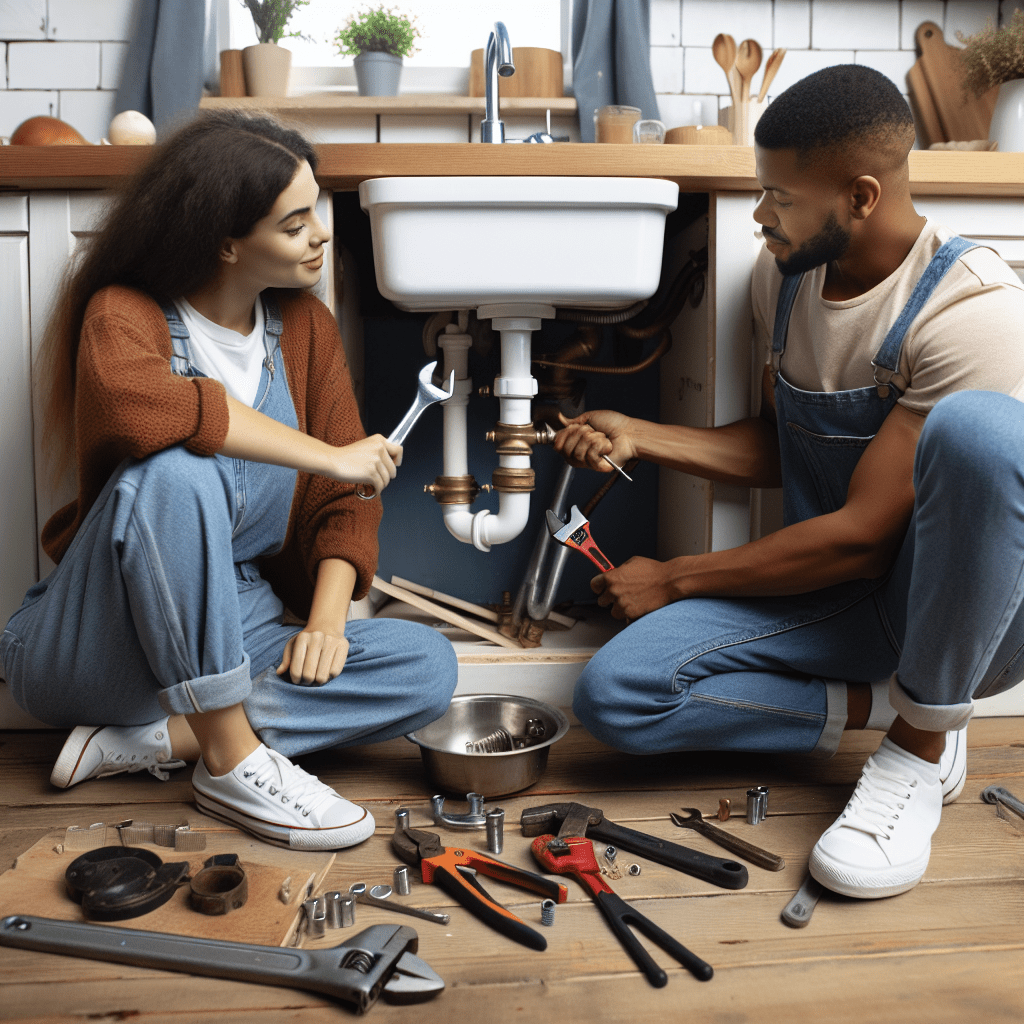Plumbing issues can be a major headache for homeowners. From leaky faucets to clogged drains, these problems can disrupt your daily routine and cause damage to your home if not addressed promptly. While some plumbing issues require the help of a professional plumber, there are several common household problems that you can tackle on your own with the right tools and know-how. In this article, we will discuss some DIY plumbing tips to help you handle these issues effectively.
Common Household Plumbing Issues
Here are some of the most common plumbing problems that you may encounter in your home:
1. Leaky Faucets
A leaky faucet is not only annoying but can also waste a significant amount of water over time. The most common cause of a leaky faucet is a worn-out washer, which can easily be replaced. To fix a leaky faucet, turn off the water supply to the faucet, disassemble the faucet handle, remove the old washer, and install a new one. Reassemble the handle and turn the water supply back on to check for leaks.
2. Clogged Drains
Clogged drains are another common plumbing issue that can be easily resolved with a few simple tools. To unclog a drain, start by using a plunger to dislodge the blockage. If the plunger does not work, you can try using a drain snake to reach deeper into the drain and remove the clog. For stubborn clogs, you may need to use a chemical drain cleaner, but be sure to follow the manufacturer’s instructions carefully.
3. Running Toilet
A running toilet is not only a nuisance but can also lead to increased water bills. The most common cause of a running toilet is a faulty flapper valve or fill valve. To fix a running toilet, turn off the water supply to the toilet, remove the top of the tank, and inspect the flapper and fill valve for any signs of damage. Replace any worn-out components and reassemble the tank to stop the running water.
4. Low Water Pressure
If you are experiencing low water pressure in your home, there could be several potential causes, including a clogged aerator, a faulty pressure regulator, or a leak in the pipes. Start by checking the aerator on your faucet or showerhead for any debris that may be blocking the flow of water. If the aerator is clean, you may need to inspect the pressure regulator or call a professional plumber to locate and repair any leaks in the plumbing system.
Conclusion
By following the DIY plumbing tips mentioned above, you can effectively handle common household plumbing issues and save money on professional repairs. Remember to always prioritize safety when working on plumbing projects and consult a professional plumber if you encounter any issues beyond your skill level. With a little knowledge and the right tools, you can keep your plumbing system in top condition and prevent costly water damage in your home.
FAQs
Q: When should I call a professional plumber?
A: You should call a professional plumber if you encounter complex plumbing issues that require specialized tools or expertise, such as major leaks, sewer line blockages, or water heater problems.
Q: How can I prevent plumbing issues in my home?
A: To prevent plumbing problems, you should regularly inspect your plumbing system for leaks, maintain drainage systems, and avoid flushing non-biodegradable items down the toilet or sink.
Tip
One helpful tip for DIY plumbing is to invest in a quality set of plumbing tools, including a plunger, pipe wrench, drain snake, and adjustable wrench. Having these tools on hand will make it easier to tackle common household plumbing issues quickly and efficiently.
#DIY #Plumbing #Handle #Common #Household #Issues

